But growth cannot be just a number. What is more important is the quality of growth, the resilience of the economy in the face of global fluctuations. The question is: does Vietnam have enough substantial foundation to create a sustainable breakthrough, or is it just a short-term "boom" led by the real estate market - a sector that is both a driving force and a measure of the health of the economy?

There is no denying that over the past decade, corporations real estate have contributed to changing the face of the country. New urban areas, avenues, resorts and modern industrial zones have contributed to forming a more civilized urban appearance, creating jobs, promoting infrastructure and improving the quality of life.
Many businesses have also actively contributed to society, accompanying the Government during natural disasters and pandemics. These contributions are substantial, reflecting the sense of responsibility and role of Vietnamese entrepreneurs in the new era.
However, along with these achievements, the real estate market has also revealed many challenges. Rapidly increasing housing prices, limited supply, and prolonged legal processes have increased pressure on both businesses and people.
According to statistics, in the second quarter of 2025, apartment prices in Hanoi increased by 33% over the same period, reaching about 3,000 USD/m²; in Ho Chi Minh City, they increased by 47%, to nearly 4,700 USD/m².


It is important to recognize that the real estate market is not homogeneous. There are basically two types of businesses operating in this field.
One group only cares about “buying low, selling high”, preying on short-term speculation, creating little sustainable value for society. It is this group that distorts the market and loses the confidence of real buyers.
But besides that, there are genuine real estate developers, businesses pursuing a long-term vision, not only building houses for sale but also creating a livable city. They invest systematically, on a large enough scale, often in satellite areas of the city to properly implement the direction of population dispersion and balanced regional development.
To attract people to live in new urban areas, these projects must meet the needs of a comprehensive living ecosystem: modern infrastructure, education, healthcare, commerce, green space and better amenities than the central area. At that time, each urban area is not only a place to live, but also a driving force for local socio-economic development.
Such businesses often take many years to prepare, from planning, legal matters, infrastructure investment to attracting residents.
A typical example is the Can Gio coastal urban project which took 21 years to prepare before being eligible for implementation, the Vinhomes Wonder City project (formerly Dan Phuong) took 13 years to get legal approval... The long preparation time due to the lack of a synchronous legal framework caused the investment capital to increase, which is one of the major reasons hindering the reduction of housing prices.


A notable fact is that credit capital has recently flowed strongly into real estate, accounting for a large proportion of total outstanding bank loans. As of July 31, 2025, outstanding credit in this sector exceeded VND 4.1 million billion (equivalent to USD 155 billion), accounting for nearly 24% of the total outstanding loans of the banking system. The growth rate of real estate credit (17%) is nearly double the general growth rate of the economy (9.6%).
However, the problem is not the capital flowing into real estate but where in real estate. When capital is concentrated in speculative projects, subdivision, price wave creation, the economy is at risk. But if capital is directed correctly, flowing into sustainable urban projects, infrastructure and real housing... then it is a lever for infrastructure development and social security.
Because real estate, if developed in the right direction, not only creates assets but also activates hundreds of related industries such as materials, construction, interior design, logistics, trade and services. This is the point that needs to be looked at and adjusted soon.


International experience shows that every developed economy has experienced a period of overheated real estate markets. The important thing is the ability to manage risks and regulate policies. When the State has a transparent legal mechanism, effectively controls capital flows and creates a healthy competitive environment, real estate becomes a driving force for growth instead of a potential risk.
In many countries such as South Korea, Singapore or China, the early stages of industrialization saw strong real estate growth, contributing greatly to GDP. But when the market reached a certain threshold, these countries quickly shifted to developing production, technology and innovation.
China is the most recent lesson - when the lack of timely regulation caused a chain shock to the entire financial system. Vietnam therefore needs to pay special attention to the problem of "balanced growth", harmonious development between the land market and the production sector.


A strong economy must rely on production, science and technology and innovation, and cannot place all the “responsibility” on land or assets. To achieve sustainable growth, Vietnam needs to focus on the following pillars:
Reform, remove administrative barriers and unnecessary costs.
Promote processing and manufacturing industries, high-tech agriculture, renewable energy and digital economy.
Develop capital markets (stocks, corporate bonds) to reduce dependence on bank credit.
Invest heavily in social housing, worker housing, low-cost housing, and bring real estate back to its proper civil function.
Reform land tax, property tax, introduce anti-speculation tax and vacant house tax.
Make land data, transaction prices and real estate credit transparent for people, businesses and investors to monitor.
The focus of reform is to make the land market transparent because only when land prices, planning and legality are made public can the financial and banking market be stable, social trust be strengthened, and GDP growth have a real foundation.
Most importantly, it is important to restore the confidence of businesses and people. A market only operates smoothly when businesses are confident in long-term investments, people believe that their assets are protected, and the State plays the role of fair referee. The role of a constructive government here is not administrative intervention, but setting transparent, stable and predictable rules of the game - the foundation of a mature economy.
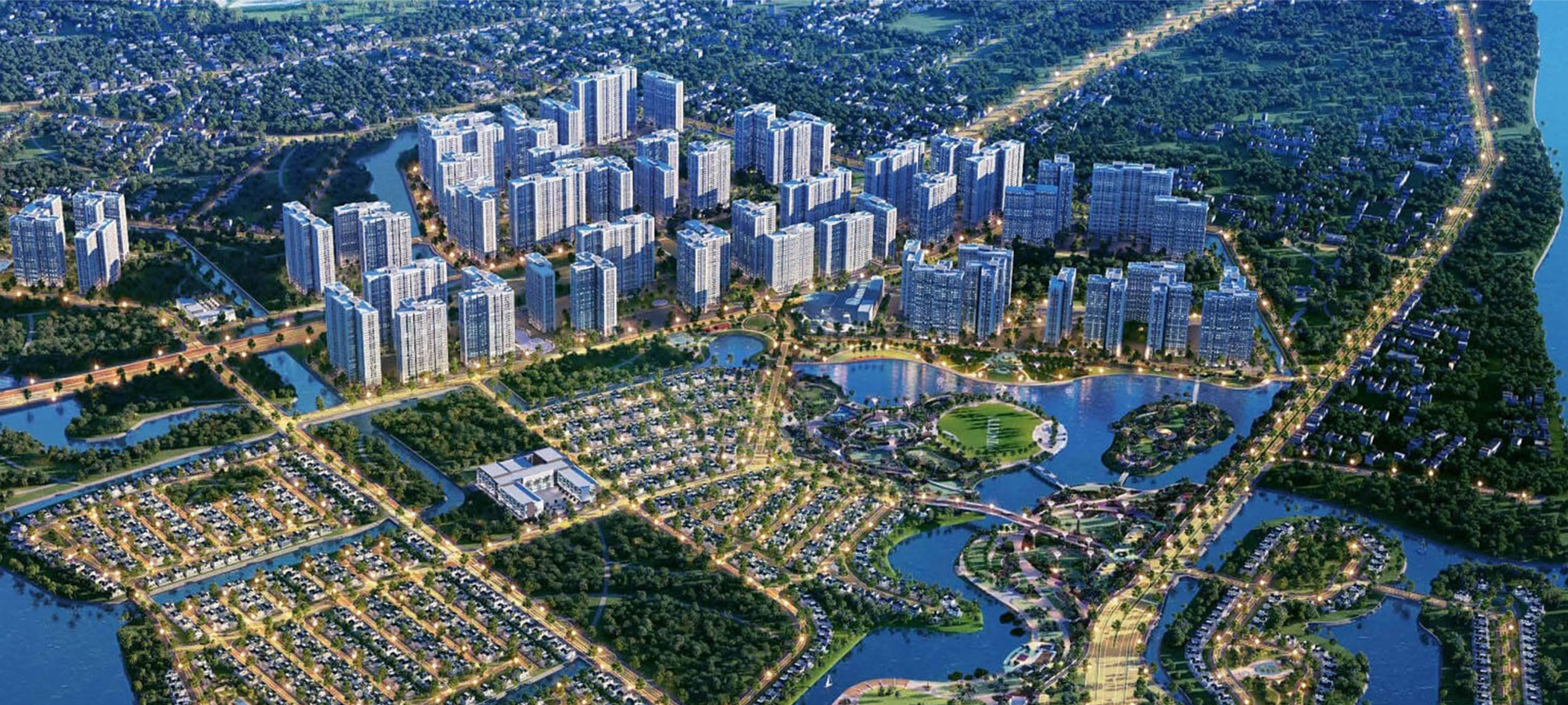

Double-digit growth is a noble aspiration. But development must go hand in hand with stability; growth must be linked to quality and social equity. It is time for us to choose: either chase the temporary halo of growth, or firmly build the foundation of production - technology - knowledge for the long-term future.
A “push” in the right direction can open a new era of development; a “push” in the wrong direction can drag the economy into a risk trap. History will judge that choice and today’s generation has the responsibility to ensure that the “growth push” does not turn into a “trap” in the future.
Growth is not just a matter of numbers, but also a matter of faith, intelligence and aspiration of the Vietnamese people. If we know how to put the long-term interests of the nation above short-term interests, we will have not only a “growth spur” but also a sustainable foundation to enter an era of self-reliant and prosperous development.
Source: https://baolangson.vn/bat-dong-san-toi-do-hay-dong-luc-tang-truong-5061170.html




![[Photo] Prime Minister Pham Minh Chinh attends the World Congress of the International Federation of Freight Forwarders and Transport Associations - FIATA](https://vphoto.vietnam.vn/thumb/1200x675/vietnam/resource/IMAGE/2025/10/08/1759936077106_dsc-0434-jpg.webp)

![[Photo] Prime Minister Pham Minh Chinh inspects and directs the work of overcoming the consequences of floods after the storm in Thai Nguyen](https://vphoto.vietnam.vn/thumb/1200x675/vietnam/resource/IMAGE/2025/10/08/1759930075451_dsc-9441-jpg.webp)




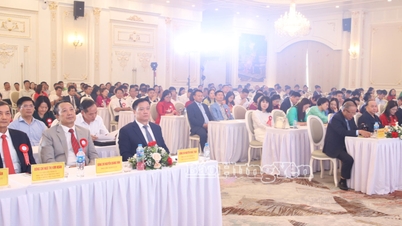


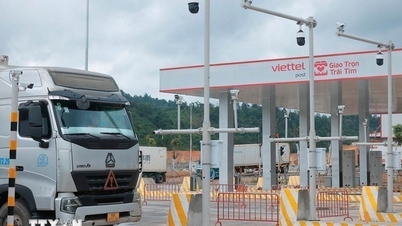











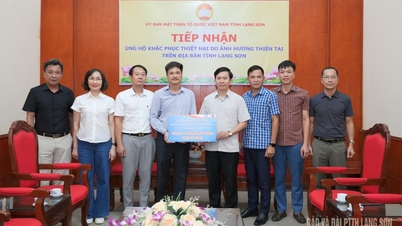

![[Photo] Closing of the 13th Conference of the 13th Party Central Committee](https://vphoto.vietnam.vn/thumb/1200x675/vietnam/resource/IMAGE/2025/10/08/1759893763535_ndo_br_a3-bnd-2504-jpg.webp)






































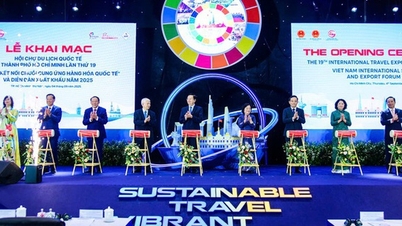





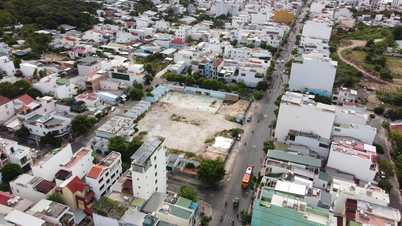




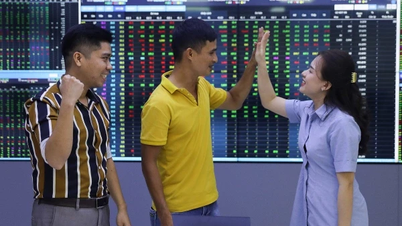















Comment (0)